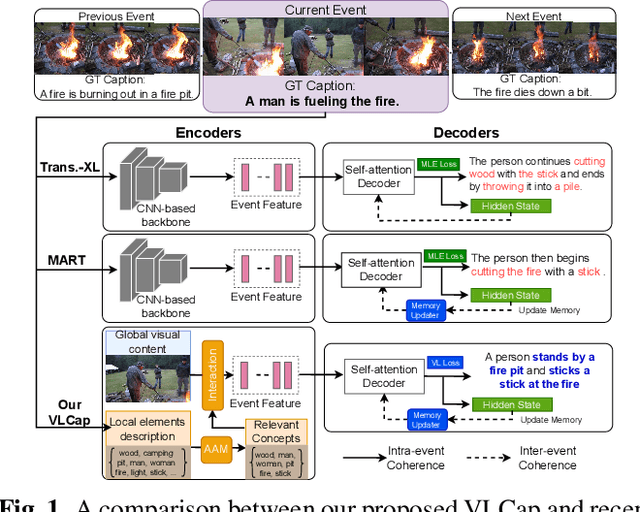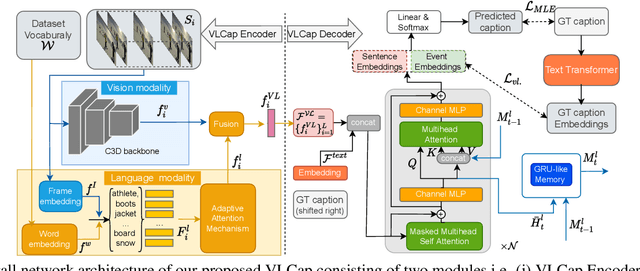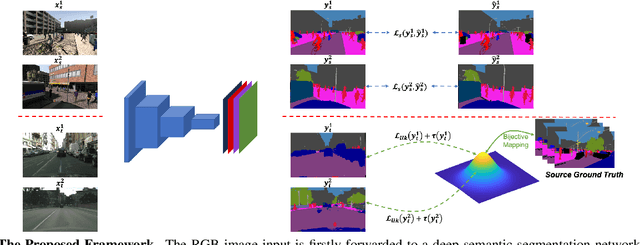Chase Rainwater
AerialFormer: Multi-resolution Transformer for Aerial Image Segmentation
Jun 12, 2023Abstract:Aerial Image Segmentation is a top-down perspective semantic segmentation and has several challenging characteristics such as strong imbalance in the foreground-background distribution, complex background, intra-class heterogeneity, inter-class homogeneity, and tiny objects. To handle these problems, we inherit the advantages of Transformers and propose AerialFormer, which unifies Transformers at the contracting path with lightweight Multi-Dilated Convolutional Neural Networks (MD-CNNs) at the expanding path. Our AerialFormer is designed as a hierarchical structure, in which Transformer encoder outputs multi-scale features and MD-CNNs decoder aggregates information from the multi-scales. Thus, it takes both local and global contexts into consideration to render powerful representations and high-resolution segmentation. We have benchmarked AerialFormer on three common datasets including iSAID, LoveDA, and Potsdam. Comprehensive experiments and extensive ablation studies show that our proposed AerialFormer outperforms previous state-of-the-art methods with remarkable performance. Our source code will be publicly available upon acceptance.
VLCap: Vision-Language with Contrastive Learning for Coherent Video Paragraph Captioning
Jun 26, 2022



Abstract:In this paper, we leverage the human perceiving process, that involves vision and language interaction, to generate a coherent paragraph description of untrimmed videos. We propose vision-language (VL) features consisting of two modalities, i.e., (i) vision modality to capture global visual content of the entire scene and (ii) language modality to extract scene elements description of both human and non-human objects (e.g. animals, vehicles, etc), visual and non-visual elements (e.g. relations, activities, etc). Furthermore, we propose to train our proposed VLCap under a contrastive learning VL loss. The experiments and ablation studies on ActivityNet Captions and YouCookII datasets show that our VLCap outperforms existing SOTA methods on both accuracy and diversity metrics.
BiMaL: Bijective Maximum Likelihood Approach to Domain Adaptation in Semantic Scene Segmentation
Aug 06, 2021



Abstract:Semantic segmentation aims to predict pixel-level labels. It has become a popular task in various computer vision applications. While fully supervised segmentation methods have achieved high accuracy on large-scale vision datasets, they are unable to generalize on a new test environment or a new domain well. In this work, we first introduce a new Un-aligned Domain Score to measure the efficiency of a learned model on a new target domain in unsupervised manner. Then, we present the new Bijective Maximum Likelihood(BiMaL) loss that is a generalized form of the Adversarial Entropy Minimization without any assumption about pixel independence. We have evaluated the proposed BiMaL on two domains. The proposed BiMaL approach consistently outperforms the SOTA methods on empirical experiments on "SYNTHIA to Cityscapes", "GTA5 to Cityscapes", and "SYNTHIA to Vistas".
 Add to Chrome
Add to Chrome Add to Firefox
Add to Firefox Add to Edge
Add to Edge